Rules for all types of road users have been updated in The Highway Code to improve the safety of people walking, cycling and riding horses.From:Department for Transport and Driver and Vehicle Standards Agency
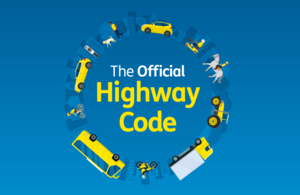
Applies to England, Scotland and Wales
Guidance for Northern Ireland
The changes follow a public consultation on a review of The Highway Code to improve road safety for people walking, cycling and riding horses. It ran from July to October 2020, and received more than 20,000 responses from the public, businesses and other organisations. Most people who responded were in favour of all the changes.
The changes were made to The Highway Code on Saturday 29 January 2022.
Here are 8 of the changes that you need to know about.
1. Hierarchy of road users
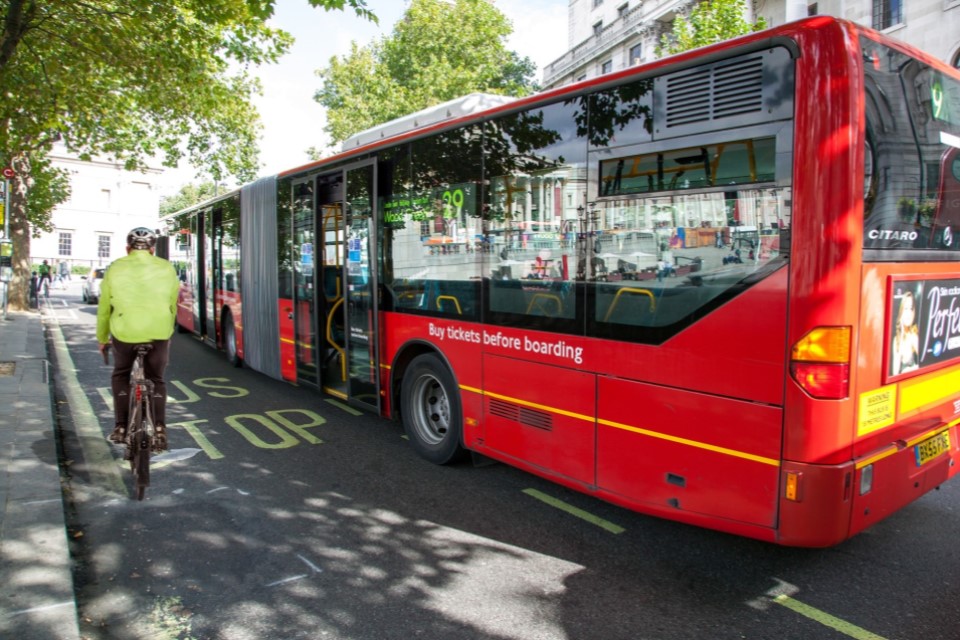
The introduction section of The Highway Code has been updated to include 3 new rules about the new ‘hierarchy of road users’.
The hierarchy places those road users most at risk in the event of a collision at the top of the hierarchy. It does not remove the need for everyone to behave responsibly.
It’s important that all road users:
- are aware of The Highway Code
- are considerate to other road users
- understand their responsibility for the safety of others
The 3 new rules are numbered H1, H2, and H3.
Read the new rules
2. People crossing the road at junctions
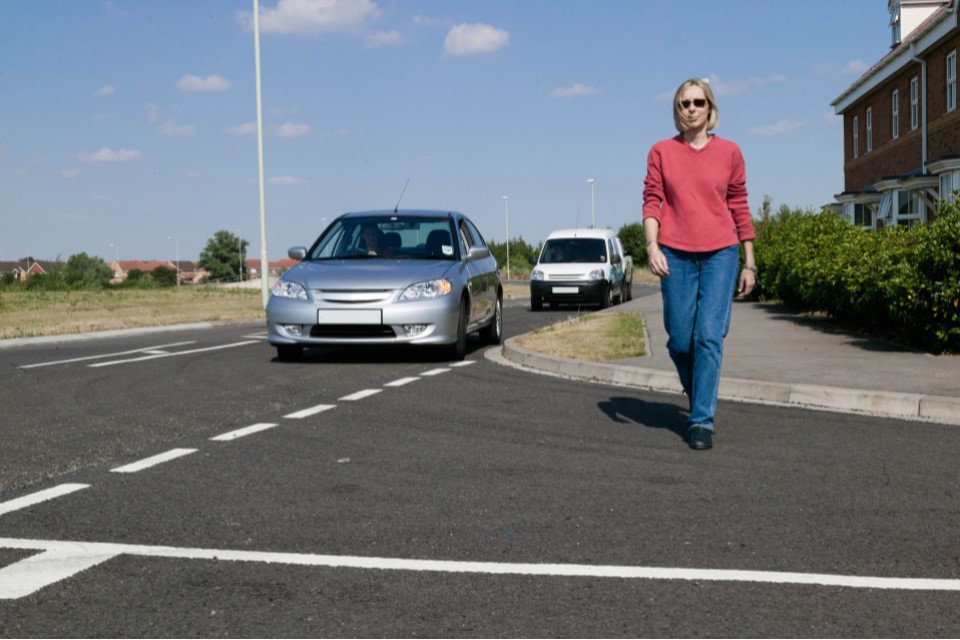
The updated code clarifies that:
- when people are crossing or waiting to cross at a junction, other traffic should give way
- if people have started crossing and traffic wants to turn into the road, the people crossing have priority and the traffic should give way
- people driving, riding a motorcycle or cycling must give way to people on a zebra crossing and people walking and cycling on a parallel crossing
A parallel crossing is similar to a zebra crossing, but includes a cycle route alongside the black and white stripes.
Read the updated rules
- Rule H2 (Introduction)
- Rule 8 (Rules for pedestrians)
- Rule 19 (Rules for pedestrians)
- Rule 170 (Using the road)
- Rule 195 (Using the road)
- Rule 206 (Road users requiring extra care)
3. Walking, cycling or riding in shared spaces

There is new guidance in the code about routes and spaces which are shared by people walking, cycling and riding horses.
People cycling, riding a horse or driving a horse-drawn vehicle should respect the safety of people walking in these spaces, but people walking should also take care not to obstruct or endanger them.
People cycling are asked to:
- not pass people walking, riding a horse or driving a horse-drawn vehicle closely or at high speed, particularly from behind
- slow down when necessary and let people walking know they are there (for example, by ringing their bell)
- remember that people walking may be deaf, blind or partially sighted
- not pass a horse on the horse’s left
Read the updated rules
- Rule H1 (Introduction)
- Rule 13 (Rules for pedestrians)
- Rule 62 (Rules for cyclists)
- Rule 63 (Rules for cyclists)
4. Positioning in the road when cycling
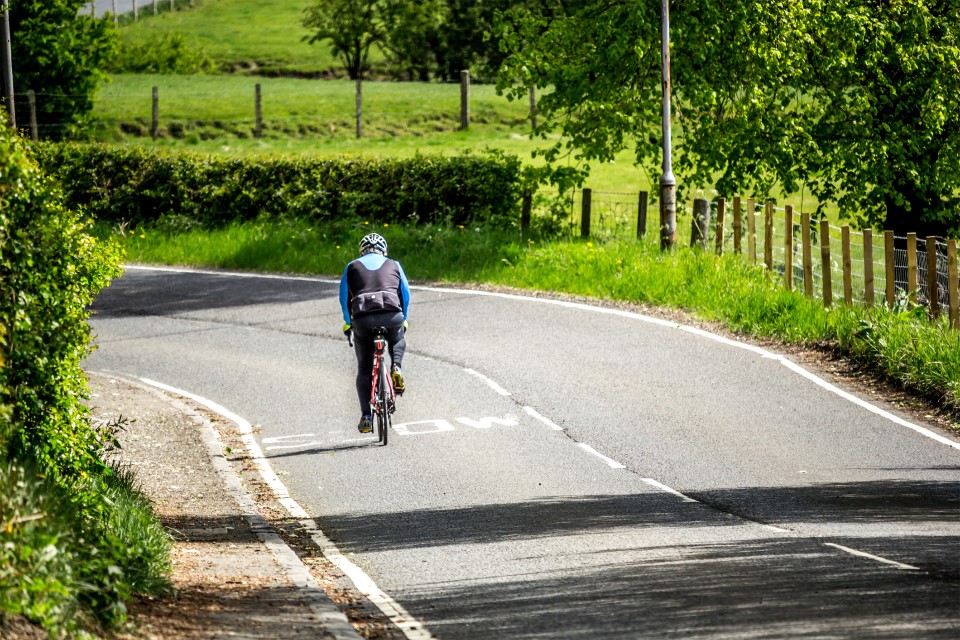
There is updated guidance for people cycling about positioning themselves which includes:
- riding in the centre of their lane on quiet roads, in slower-moving traffic and at the approach to junctions or road narrowings
- keeping at least 0.5 metres (just over 1.5 feet) away from the kerb edge (and further where it is safer) when riding on busy roads with vehicles moving faster than them
People cycling in groups
The updated code explains that people cycling in groups:
- should be considerate of the needs of other road users when riding in groups
- can ride 2 abreast – and it can be safer to do so, particularly in larger groups or when accompanying children or less experienced riders
People cycling are asked to be aware of people driving behind them and allow them to overtake (for example, by moving into single file or stopping) when it’s safe to do so.
People cycling passing parked vehicles
The updated code explains that people cycling should:
- take care when passing parked vehicles, leaving enough room (a door’s width or 1 metre) to avoid being hit if a car door is opened
- watch out for people walking into their path
Read the updated rules
5. Overtaking when driving or cycling
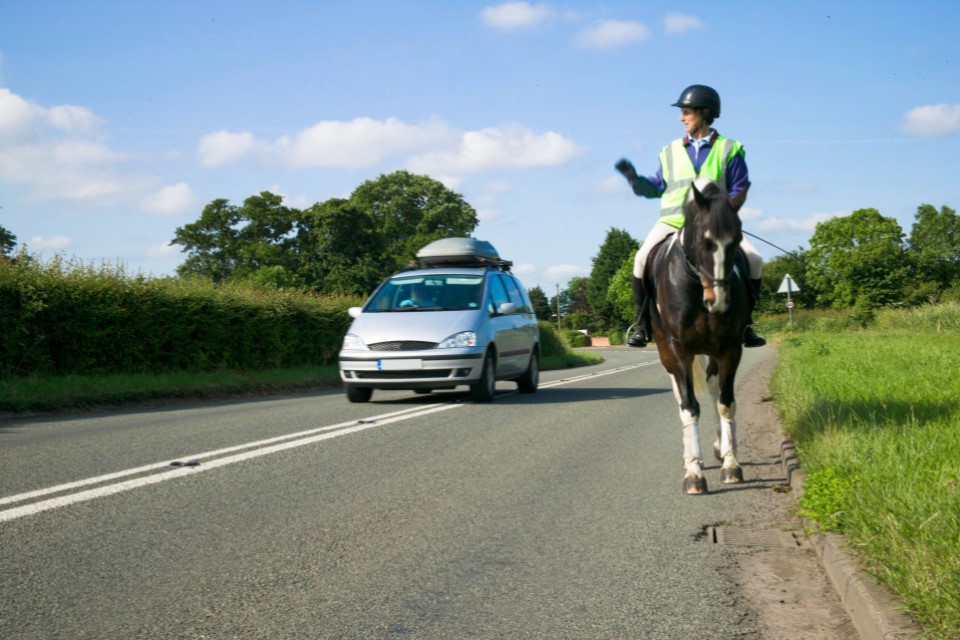
There is updated guidance on safe passing distances and speeds for people driving or riding a motorcycle when overtaking vulnerable road users, including:
- leaving at least 1.5 metres (5 feet) when overtaking people cycling at speeds of up to 30mph, and giving them more space when overtaking at higher speeds
- passing people riding horses or driving horse-drawn vehicles at speeds under 10 mph and allowing at least 2 metres (6.5 feet) of space
- allowing at least 2 metres (6.5 feet) of space and keeping to a low speed when passing people walking in the road (for example, where there’s no pavement)
Wait behind them and do not overtake if it’s unsafe or not possible to meet these clearances.
People cycling passing slower-moving or stationary traffic
The updated code confirms that people cycling may pass slower-moving or stationary traffic on their right or left.
They should proceed with caution as people driving may not be able to see them. This is particularly important:
- on the approach to junctions
- when deciding whether it is safe to pass lorries or other large vehicles
Read the updated rules
- Rule 67 (Rules for cyclists)
- Rule 76 (Rules for cyclists)
- Rule 163 (Using the road)
- Rule 212 (Road users requiring extra care)
- Rule 215 (Road users requiring extra care)
6. People cycling at junctions
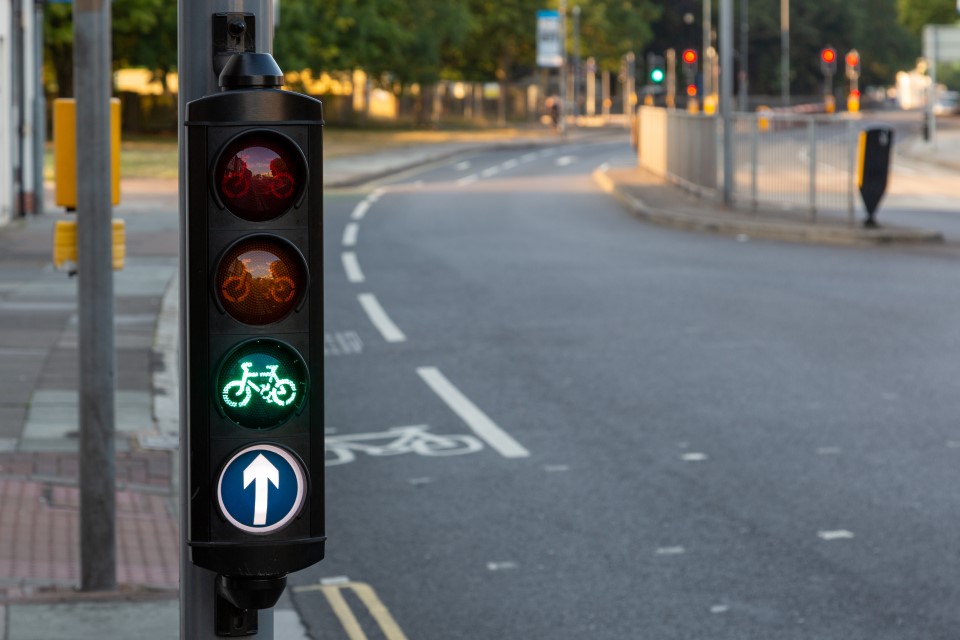
The code has been updated to clarify that when turning into or out of a side road, people cycling should give way to people walking who are crossing or waiting to cross.
There is new advice about new special cycle facilities at some junctions.
Some junctions now include small cycle traffic lights at eye-level height, which may allow cyclists to move separately from or before other traffic. People cycling are encouraged to use these facilities where they make their journey safer and easier.
There is also new guidance for people cycling at junctions with no separate facilities.
The code recommends that people cycling should proceed as if they were driving a vehicle where there are no separate cyclist facilities. This includes positioning themselves in the centre of their chosen lane, where they feel able to do this safely. This is to:
- make them as visible as possible
- avoid being overtaken where this would be dangerous
People cycling turning right
The code now includes advice for people cycling using junctions where signs and markings tell them to turn right in 2 stages. These are:
- stage 1 – when the traffic lights turn green, go straight ahead to the location marked by a cycle symbol and turn arrow on the road, and then stop and wait
- stage 2 – when the traffic lights on the far side of the junction (now facing the people cycling) turn green, complete the manoeuvre
People cycling have priority when going straight ahead at junctions
The code clarifies that when people cycling are going straight ahead at a junction, they have priority over traffic waiting to turn into or out of a side road, unless road signs or markings indicate otherwise.
People cycling are asked to watch out for people driving intending to turn across their path, as people driving ahead may not be able to see them.
Read the updated rules
- Rule H2 (Introduction)
- Rule H3 (Introduction)
- Rule 73 (Rules for cyclists)
- Rule 74 (Rules for cyclists)
- Rule 75 (Rules for cyclists)
- Rule 76 (Rules for cyclists)
- Rule 167 (Using the road)
- Rule 170 (Using the road)
- Rule 211 (Road users requiring extra care)
7. People cycling, riding a horse and driving horse-drawn vehicles on roundabouts

The code has been updated to clarify that people driving or riding a motorcycle should give priority to people cycling on roundabouts. The new guidance will say people driving and or riding a motorcycle should:
- not attempt to overtake people cycling within that person’s lane
- allow people cycling to move across their path as they travel around the roundabout
The code already explained that people cycling, riding a horse and driving a horse-drawn vehicle may stay in the left-hand lane of a roundabout when they intend to continue across or around the roundabout.
Guidance has been added to explain that people driving should take extra care when entering a roundabout to make sure they do not cut across people cycling, riding a horse or driving a horse-drawn vehicle who are continuing around the roundabout in the left-hand lane.
Read the updated rules
8. Parking, charging and leaving vehicles
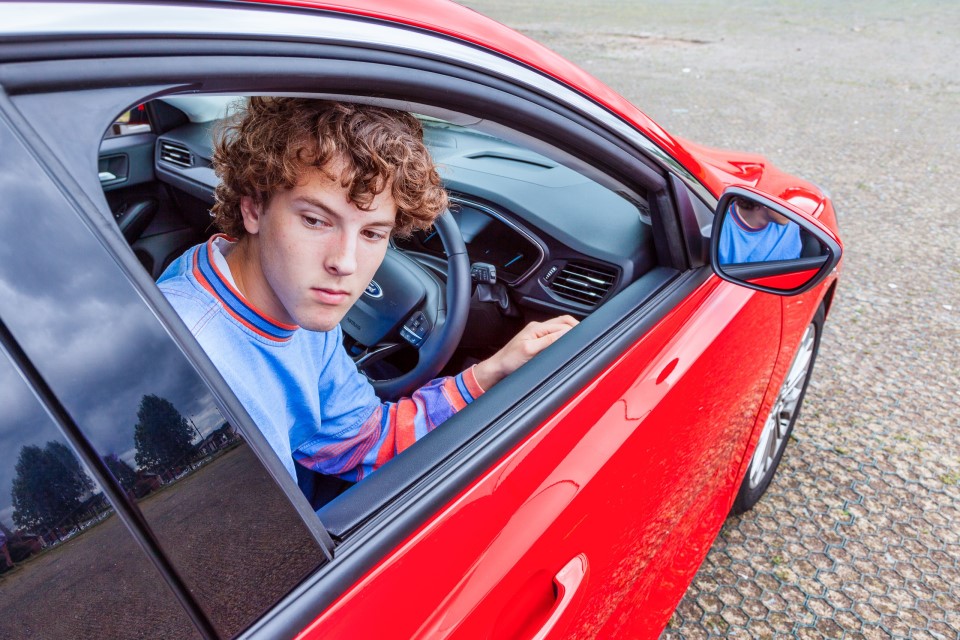
The code recommends a new technique when leaving vehicles. It’s sometimes called the ‘Dutch Reach’.
Where people driving or passengers in a vehicle are able to do so, they should open the door using their hand on the opposite side to the door they are opening. For example, using their left hand to open a door on their right-hand side.
This will make them turn their head to look over their shoulder behind them. They’re then less likely to cause injury to:
- people cycling or riding a motorcycle passing on the road
- people on the pavement
Using an electric vehicle charge point
For the first time, the code includes guidance about using electric vehicle charging points.
When using one, people should:
- park close to the charge point and avoid creating a trip hazard for people walking from trailing cables
- display a warning sign if you can
- return charging cables and connectors neatly to minimise the danger to other people and avoid creating an obstacle for other road users
Read the updated rule
Find out about all the changes
In total, 10 sections of The Highway Code have been updated, with 50 rules being added or updated.
You can find a summary of all the changes in The Highway Code updates list on GOV.UK.
Stay up to date
The Highway Code is essential reading for everyone. It’s updated regularly, so it’s important that everyone reads it – not just learner drivers.
Many of the rules in the code are legal requirements, and if you disobey these rules you’re committing a criminal offence.
If you do not follow the other rules in the code, it can be used in evidence in court proceedings to establish liability.
You can:
- read the full updated version of The Highway Code, free of charge, on GOV.UK now
- order an updated copy of The Highway Code book online now – it costs £4.99
- buy an updated copy of The Highway Code book at most high street bookshops
The book has a new cover design so it’s easy to recognise.
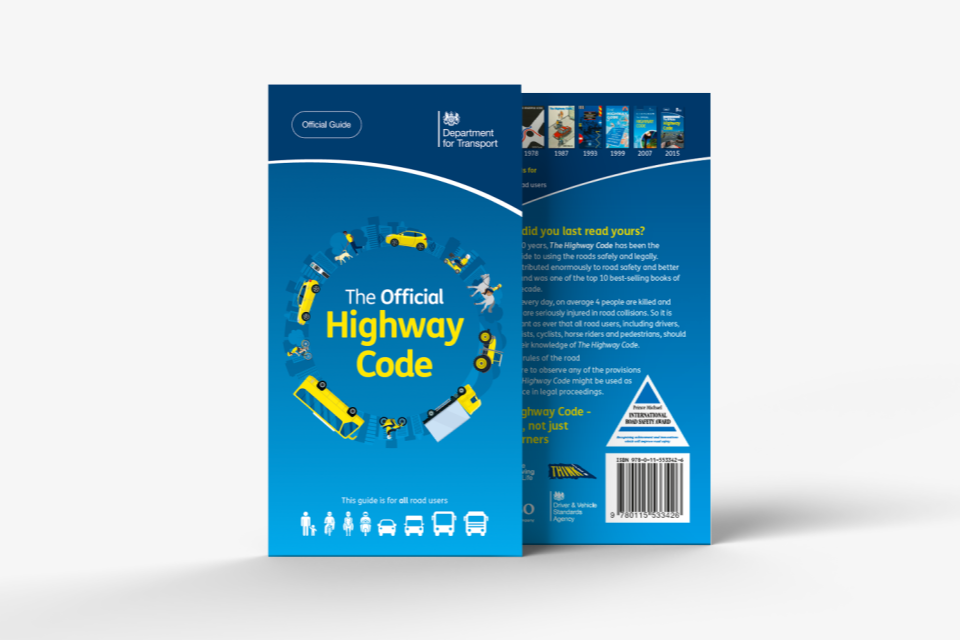




Leave a Reply
You must be logged in to post a comment.